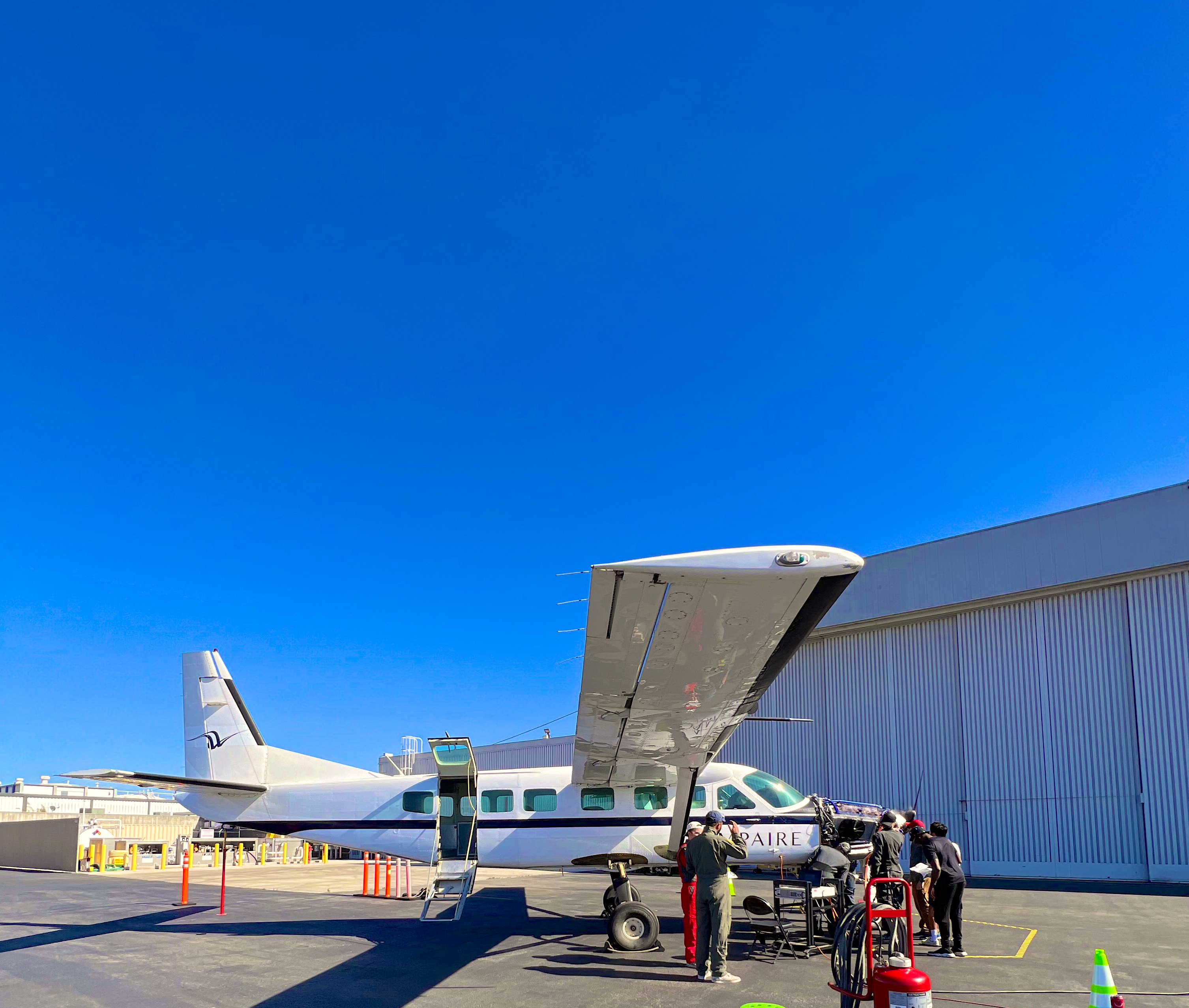Hybrid-electric aviation pioneer Ampaire is preparing to launch a Series B funding round after confirming this week that Surf Air Mobility is no longer planning to acquire the start-up. In an April 22 press release, Ampaire said that it has decided to “move forward as an independent company” as it prioritizes efforts to bring hybrid-electric versions of the Cessna Grand Caravan utility aircraft to market.
Back in February 2021, flight marketplace Surf Air announced an agreement to buy Ampaire. The company did not comment on Ampaire’s confirmation to FutureFlight that the deal is now off but did not dispute that this is the case.
The Ampaire team is working on plans to convert several aircraft types to hybrid-electric propulsion, building on recently completed flight tests with its Electric EEL technology demonstrator, which is a conversion of a Cessna 337. It now believes that the Grand Caravan conversion could be approved under an FAA supplemental type certificate by 2024.
For now, this development work is being funded by private investors and public grants such as the U.S. Department of Energy’s ARPA-e program and the UK’s Future Flight Challenge. Ampaire still has two of the EEL aircraft in test flights, with one being used to test new technology and systems as part of ARPA-e and the other to conduct market survey demonstration flights to familiarize prospective airline customers with how hybrid-electric aircraft could be deployed in commercial service. This work has involved Scottish airline Logan Air, with flight tests conducted in the UK and California.
According to Ampaire, hybrid-electric versions of the Textron group’s ubiquitous Grand Caravan workhorse, which it refers to as the Eco Caravan, will be able to perform missions similar to those executed by current turbine-powered aircraft, but without the payload and range restrictions of equivalent electric-powered aircraft. The company also maintains that opting for hybrid-electric propulsion will make early adoption by operators more straightforward than all-electric alternatives, which would require new charging infrastructure. It says that Eco Caravan operators would be able to conduct all recharging and refueling at their home bases, giving them more flexibility to develop passenger and cargo routes.
In October 2021, Ampaire, which is based at Los Angeles’s Hawthorne Airport, bought a preowned Caravan to use for testing. Earlier this month, it began ground testing the integrated propulsion system it has developed for the single-engine aircraft as it prepares to begin flight testing in the second half of 2022.
Ampaire says the Eco Caravan will consume 70 percent less fuel than the standard aircraft on short-haul flights and more than 50 percent less on longer sectors, carrying nine passengers or freight. If using sustainable aviation fuel, the hybrid version would deliver a 90 percent reduction in emissions.
“Powering up a new propulsion system, one that is fully integrated into a flyable aircraft, is a tremendously exciting mission for Ampaire,” commented CEO and co-founder Kevin Noertker. “We expect the Eco Caravan to be the first in a series of hybrid electric upgrades for a number of aircraft models that will transform the industry by lowering emissions and costs.”
